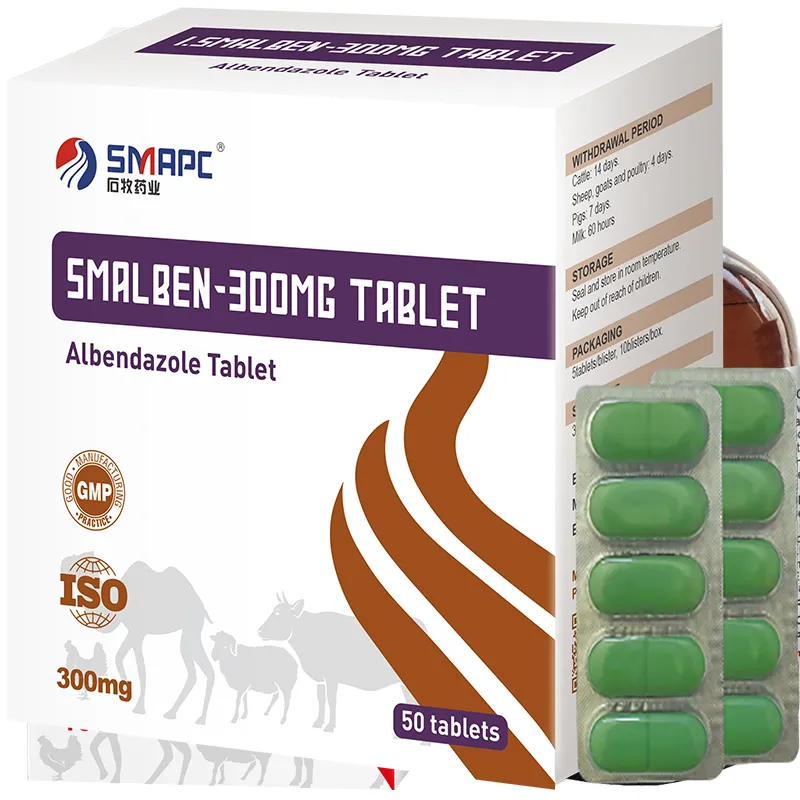Poultry farming is an essential part of the agricultural sector, contributing significantly to global food production. Among the various health challenges that poultry farmers face, respiratory illnesses in birds can lead to substantial economic losses. One common health issue in poultry is coughing, which can indicate a variety of respiratory infections or irritations. Therefore, understanding poultry cough medicine is vital for maintaining the health of flocks and ensuring optimal production levels.




